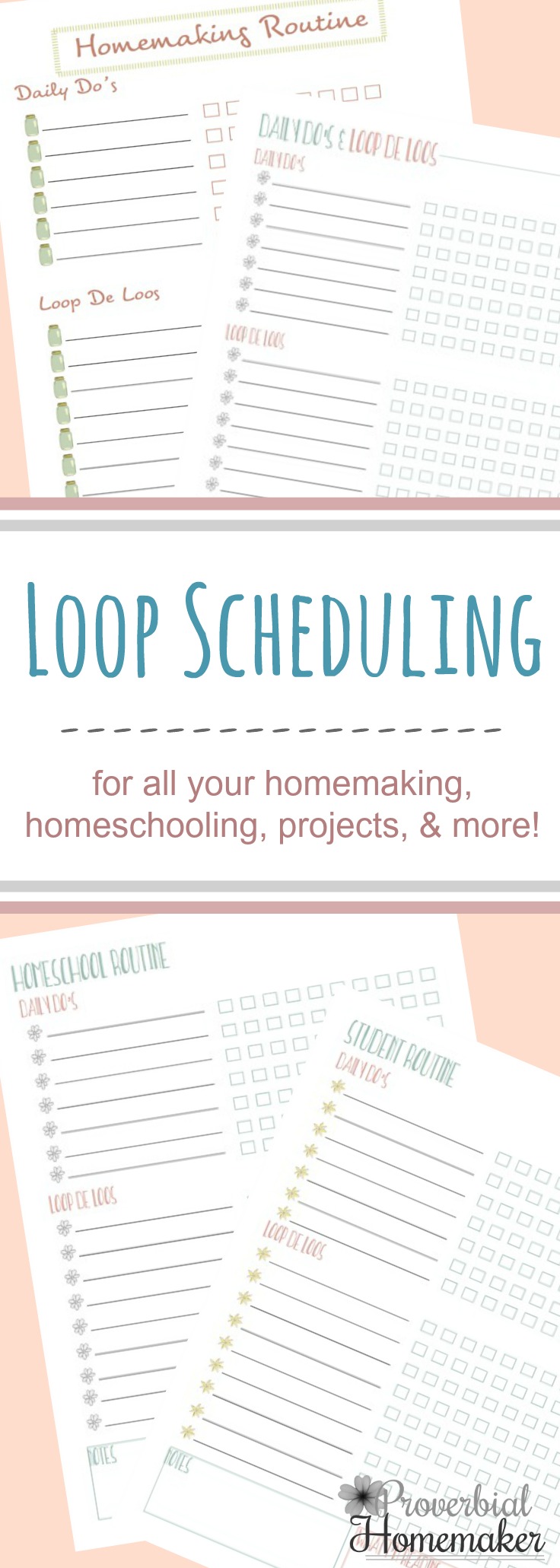

One of our big goals as we homeschool our children is to become independent learners. But what does that actually mean, and how do we accomplish it at home? Here are 8 tips for creating independent learners.
Disclosure: *This post may include affiliate links. As an affiliate, I earn from qualifying purchases. Read the disclosures and terms for more information.
We all want to raise children who love learning: people who value learning, take ownership of their education and pursue knowledge. As image-bearers of God, we all have an innate desire to learn about what interests us. We want to cultivate that curiosity in our children and give them tools in our homeschool for independent learning!
8 Tips for Creating Independent Learners
1. Give Them Responsibility
We all remember seeing the joy in our young child’s face when they learned to do something all by themselves. This joy and sense of accomplishment doesn’t go away after the toddler years. Children continue to take pride in their accomplishments all throughout their lives. Remember the last time you felt proud of something you did all on your own, even as an adult?
We can nurture this sense of accomplishment and help create independent learners by giving our children their own responsibilities. This would be a special chore or a job that only they get to do. Make these duties a big deal! Let your children know that you trust them enough to be able to take care of this task all by themselves. It can be something as simple as putting books back on a shelf every day after reading time for the little ones, to scheduling their own classes in the middle and high school years. What matters is, it’s their job, and theirs alone.
[Resource: Simple Chore System for Busy Moms]
2. Provide Helpful Feedback
After your child finishes this task or a responsibility that they have been given, here are a few things you should be sure to do:
- Inspect their work and provide feedback on how they did.
- Feedback should always include praise first, and constructive criticism if necessary.
- Ask your child how they think they did on their job that day. (This self-reflection will become a very important skill as they grow.)
Creating independent learners includes building into their internal dialogue a habit of helpful and kind feedback. The best way to do that is providing it for them yourself on a regular basis!
3. Involve Them in Decision-Making
As soon as your children are old enough to begin to discuss their own individual interests, allow them to make their own decisions about what they’d like to learn about. A good way to begin to do this in the early years is to ask, “I see that you really love to learn about _______, and you know so much about that already. How do you think we could find out more about this subject?”
Allow your child to think about this question, and come up with their own answer. They may suggest a local museum, local library, documentaries, etc. Once your child suggests an idea, follow through with it. This is a great way to delight-directed learning as a homeschool method, and is the beginning of creating independent learners: kids who know that learning begins with them, and ultimately, is their responsibility.
Once your children approach high school, it’s important for them to see the “road map” ahead. Sit down with your child and discuss the requirements for graduation from your homeschool. Ask for their input about how they’d like to traverse this territory, and how they’d like to reach the goal.
[Read: Best Tips for Homeschooling High School]
4. Teach & Model Goal-Setting
Start early in having your children start setting goals for tasks or projects they want to accomplish. Guide them through how to choose goals that are achievable and are to be completed by a certain time. Teach them how to decide what steps to take to accomplish their goals. You can discuss this process with younger kids and jot down three steps on a white board on your fridge. Older kids can write out more plans themselves, including strategies for accomplishing each step.
Modeling this goal-setting is key. If you share your goals with your children, and if they see you celebrate and feel good about reaching your goals, they will be more likely to become goal-setters themselves. These goals of yours can be as simple as getting the kitchen cleaned before lunchtime, to as big as running your first 5K. It really doesn’t matter, as long as your children see you work toward that goal, and take pride in accomplishing it.
[Resource: Loop Scheduling Workshop]
5. Practice Self-Reflection
Just as you started in the early years by asking your little ones how they thought they did on their small “jobs,” continue to nurture and encourage this self-reflection throughout your child’s school years. As they work on accomplishing their goals or completing tasks help them ask themselves self-reflection questions such as:
- Did I meet my goal?
- If so, what can I attribute that to?
- If not, what can I change so that next time I am able to meet my goal?
- Was this goal reasonable?
- Do I need to change my goals for any reason?
While you model goal-setting for your children, be sure that they see you practicing this self-reflection yourself! It is an important part of creating independent learners.
6. Create a Road Map in the Teen Years
Once your children approach high school, it’s important for them to see the “road map” ahead. Sit down with your child and discuss the requirements for graduation from your homeschool. Ask for their input about how they’d like to traverse this territory, and how they’d like to reach this goal.
Ask your child what their future goals may be. It’s totally okay if your rising freshman has no idea what their goals are after high school, but if your child has an inkling toward one particular interest or another, ask them how they can incorporate this interest into their short-term goals in some way. Independent learners think ahead in this way!
[Read: Our 9th Grade Curriculum Picks]
7. Teach Time Management
Time management may be one of the hardest things to do ourselves, let alone to teach to our children. But starting early can help and is important in the process of creating independent learners. Here are some strategies to try:
- Help them put together a short to-do list of their independent work for the day.
- Mark which ones should be done by lunchtime and which should be done by dinnertime.
- If they struggle with that, just have them do the next thing on the list and check in with you after each task.
- As they mature and demonstrate responsibility, extend the length until their next check-in time, such as at the end of the day or even the end of the week.
- For high school, have them use a wall calendar or white board to map out their weekly tasks. This helps them determined start and end times, what to accomplish when, and how to fit other activities into their week. Help them closely with this process until they can do it successfully on their own.
Also look into loop scheduling. It’s a good task management tool for kids as well as moms!)
The Student Work & Habit Tracker is a simple tool that helps students from about 3rd-12th grade to manage their time and stay focused. They will craft meaningful goals, manage their weekly and daily work efficiently, and build in important habits. Most importantly, the Tracker will help them keep God’s Word at the center of their daily life, doing all in the name of the Lord.
8. Build in Accountability
Keeping everyone on track still falls to Mom. Until your children are old enough to be diligent with their time management and goal completion, you’ll be the one keeping them accountable.
Tweens and teens, in particular, can get swept away and lose track of time. They also figure out really quickly if no one is checking their work, and take shortcuts. You’ll need to put some accountability methods in place.
Here are some ideas to try:
- Have a weekly meeting – At the beginning of every week, touch base with each child to discuss goals for the coming week, expectations, and anything that needs to carry over from last week. If you use a planner, this is the time to update it together and have a plan in place.
- Have regular check-ins – Whether it’s after every task, a few times a day, at the end of each day, or the end of each week, decide when you’ll check in to make sure they have what they need and are making progress. Adjust things as needed!
- Get help from older kids – Have older kids help younger kids by checking their school work or chores at the end of each day. This is a good opportunity to teach the older ones kindness and tact as well.
- Bring in Dad for accountability – Dads are great for weekly meetings or check-ins as well. If your child is having trouble staying on track or being diligent in their work, discussions and character studies with Dad can go a long way.
- Outside accountability – Consider trying out co-ops, classes, or online courses that use built-in accountability! For example, my oldest has been using some online courses from FundaFunda Academy that provide some outside instruction, feedback, and deadlines, but allow me to be closely involved in the process. It’s been helpful for both of us!
[Read: 10 Tips for Homeschooling Consistently]
Creating Independent Learners for a Lifetime
It’s wonderful to see how creating independent learners helps our children not only with academics but in all areas of life. Tell us in the comments what tips and ideas YOU have for creating independent learners in your homeschool!
~ Tauna







 by Stephanie, The Multi Taskin' Mom
by Stephanie, The Multi Taskin' Mom